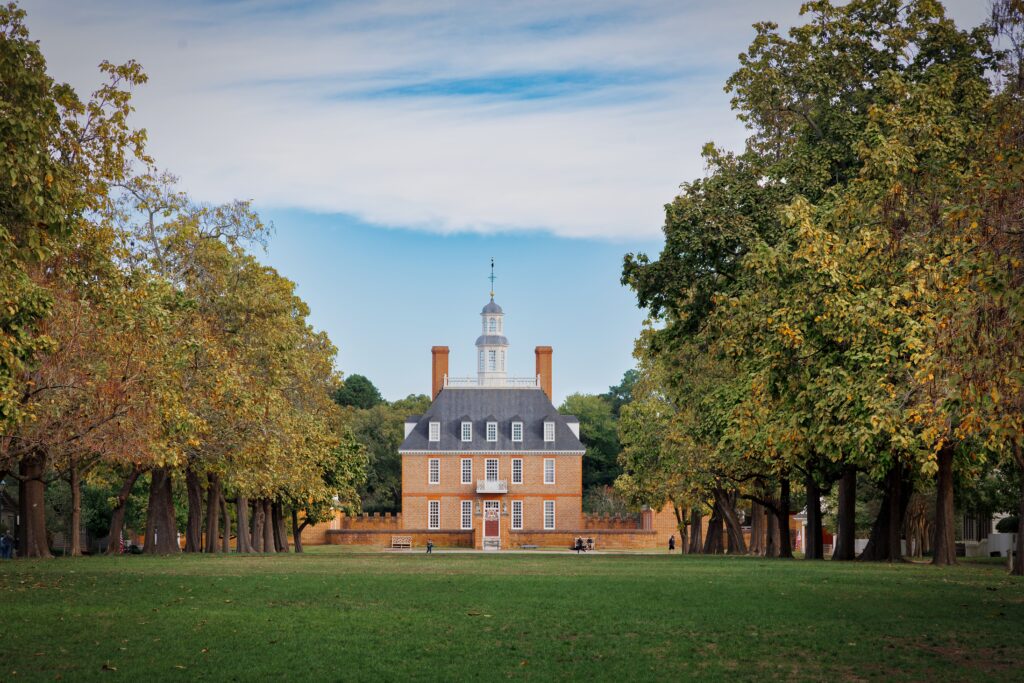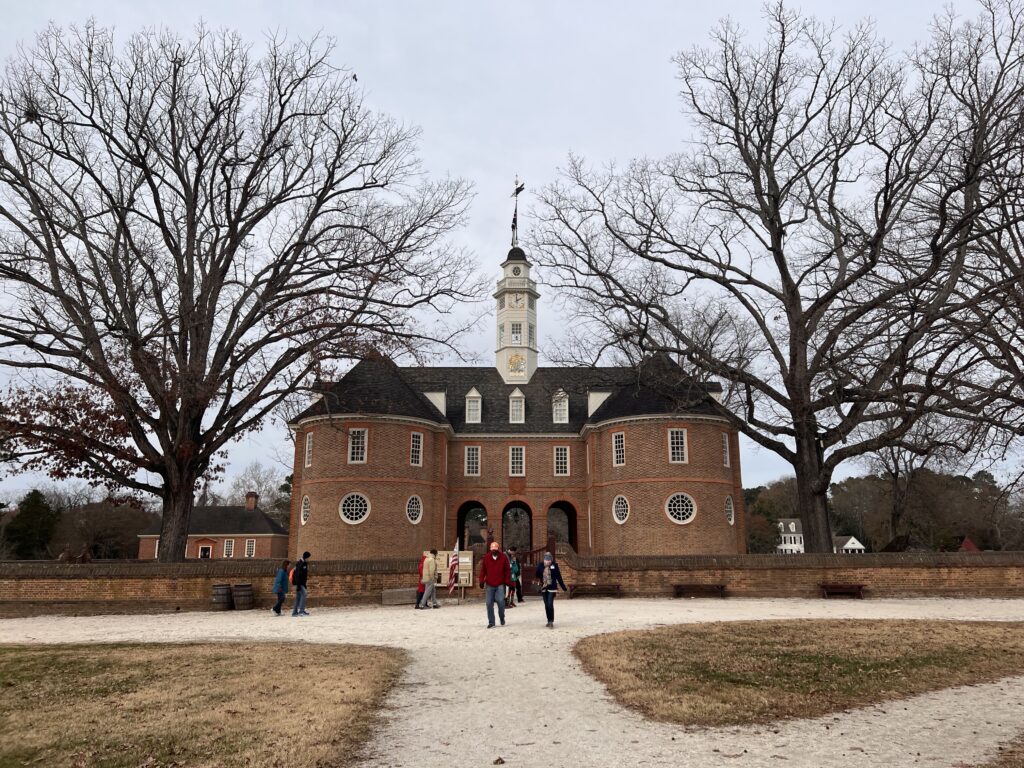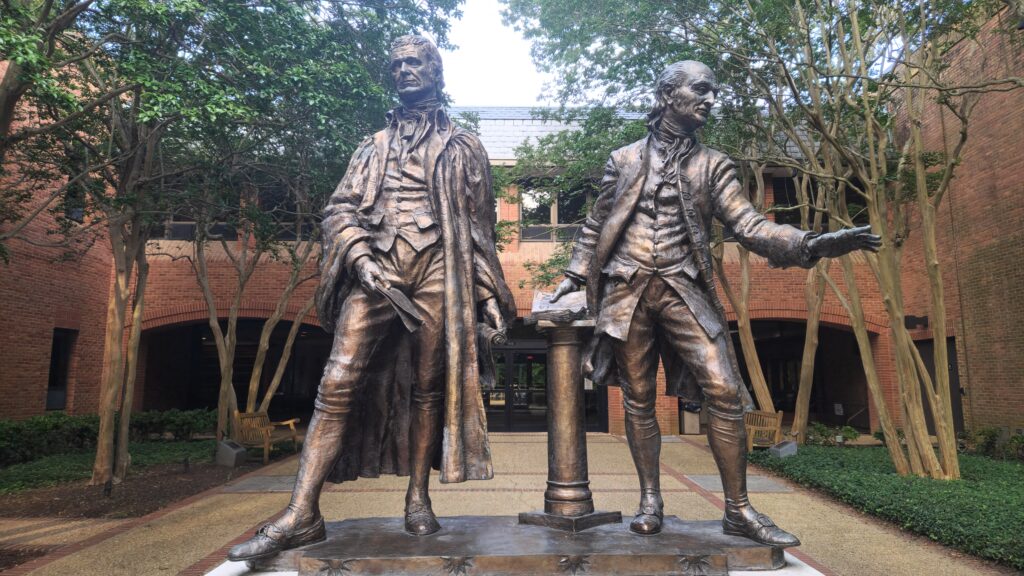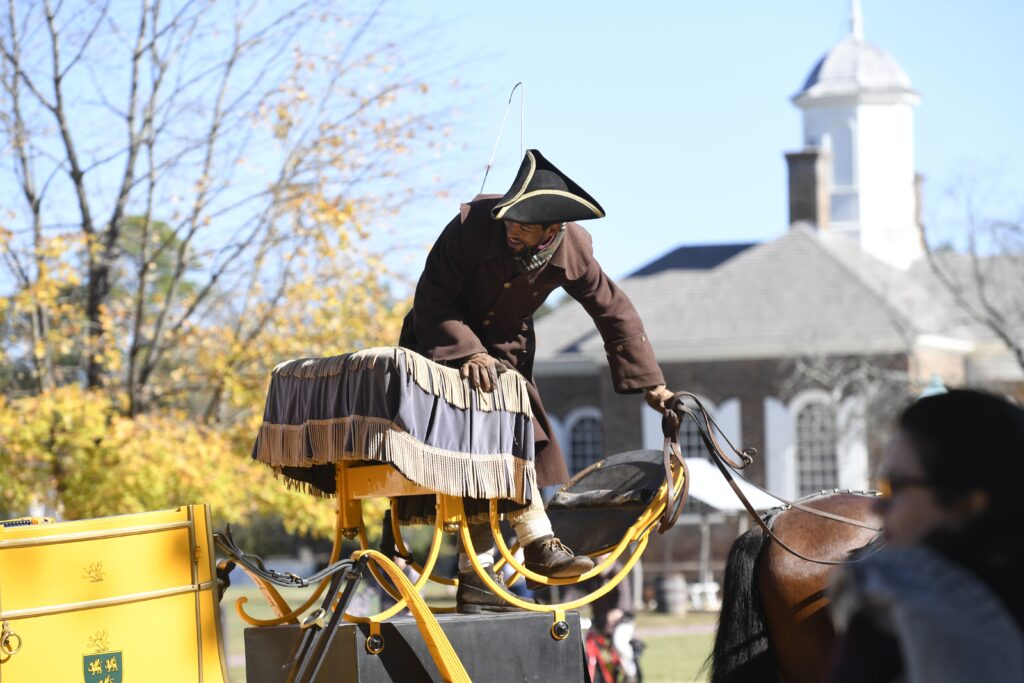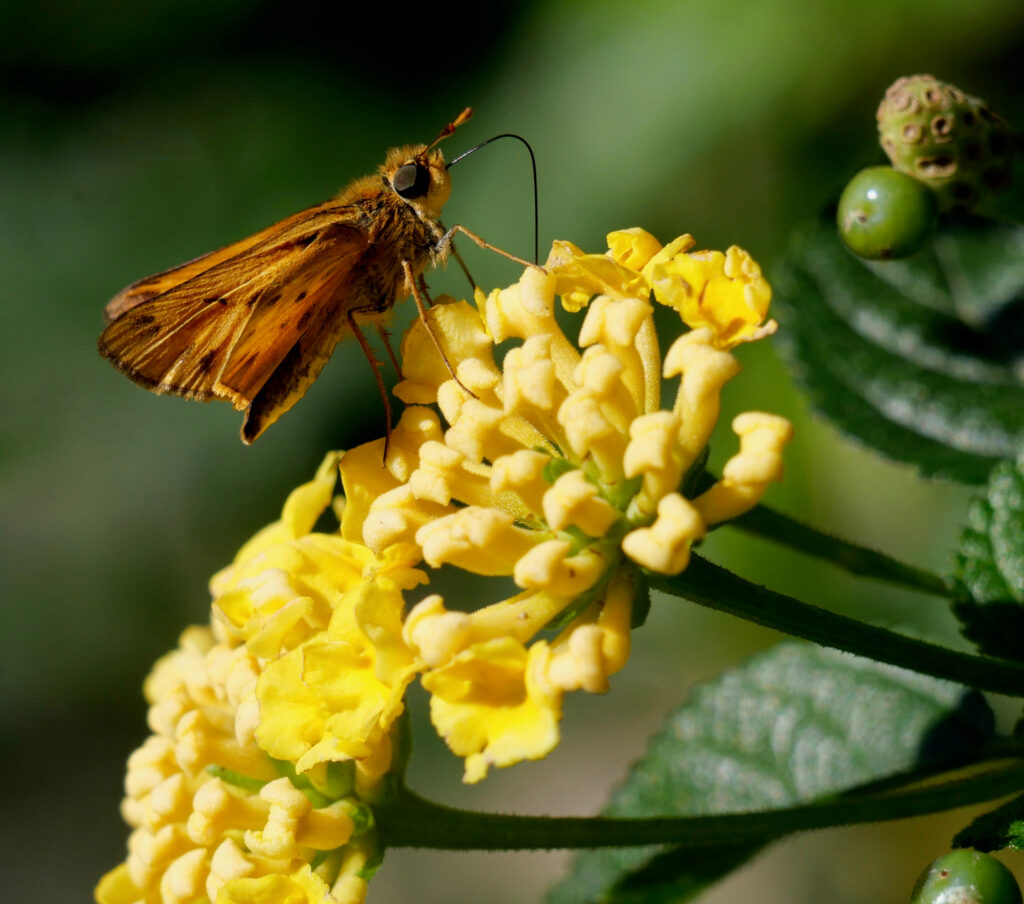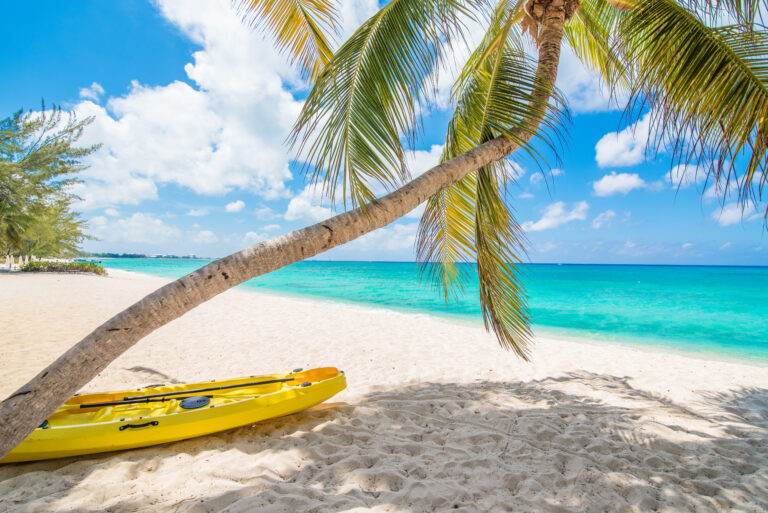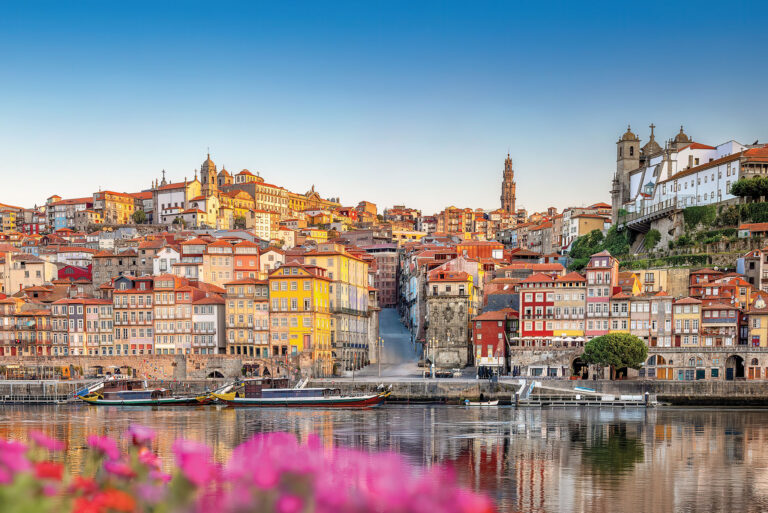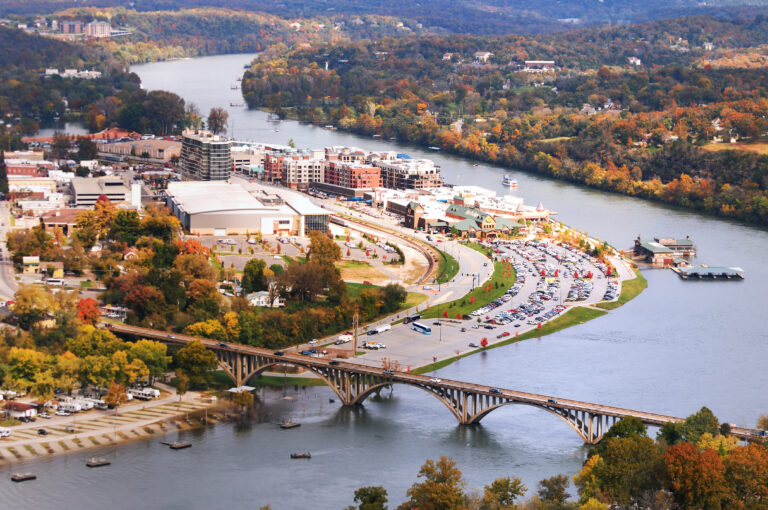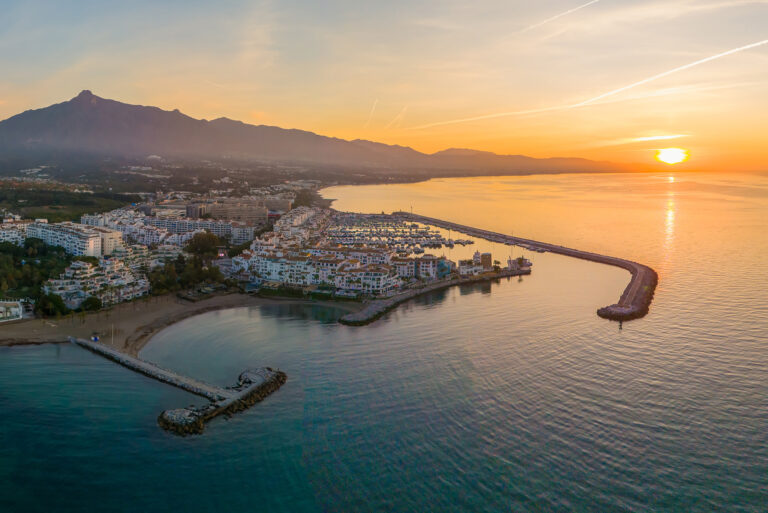By Dionne Aiken
By Jeff Martinez
Colonial Williamsburg may be the heart of Virginia’s Historic Triangle, but the city’s throwback splendor extends well beyond the restored 18th-century town. For those who’ve already wandered Duke of Gloucester Street and chatted with costumed interpreters, Williamsburg — which served as the capital of the Virginia Colony from 1699 to 1776 — offers a wealth of lesser known but thought-provoking sites that illuminate America’s past. From sacred spaces to architecturally rich districts, an academic treasure, and a noteworthy museum, here are some inviting destinations that should be included in your itinerary.
Charming Churches: Living Sanctuaries of History
Located just minutes from the heart of Colonial Williamsburg, Bruton Parish Episcopal Church is one of the oldest active churches in the United States. Completed in 1715, this Georgian-style building has hosted such notable names as George Washington, Thomas Jefferson, and Patrick Henry. Its solemn graveyard — perhaps the largest of its kind in Virginia — offers a quiet contrast to the more bustling attractions nearby. The church later served as a hospital for wounded Confederate soldiers during the Civil War.
Take an organized or self-guided tour to learn about the church’s decline and restoration; its striking tower, pews, and other architectural features; and all the prominent figures buried on its grounds.
Founded by free and enslaved African Americans in the late 18th century, First Baptist Church of Williamsburg is one of the nation’s oldest Black congregations. Its current building on Scotland Street was built in 1956, but the congregation’s roots stretch back to 1776, when worshippers gathered in secret at a nearby plantation.
The church has recently undergone a major restoration effort, uncovering its first permanent structure and at least 25 confirmed human burials. Visitors can learn about the church’s connection to civil rights history and its mission to tell a fuller, more inclusive story of the men and women who lived, worked, and worshipped here during the country’s formative years.
William & Mary: Chalkboards of History
Founded in 1693, William & Mary is the second-oldest institution of higher learning in the United States. It counts three U.S. presidents — Thomas Jefferson, James Monroe, and John Tyler — among its student alumni, with George Washington serving as its first American chancellor.
The centerpiece of the campus is the Sir Christopher Wren Building, the oldest academic building still in use in the country. Through public or self-guided tours, visitors can learn about its role during the Revolutionary War as a hospital for wounded French soldiers and how it became the first Virginia college to admit women in 1918.
Be sure to check out the Muscarelle Museum of Art. It houses almost 8,000 objects and is one of the country’s oldest campus-based collections of art. On-site lectures, performances, and seasonal events are frequently open to the public, making William & Mary a vibrant part of Williamsburg’s cultural life.
Merchants Square and the Historic Districts: Where Past Meets Present
While Colonial Williamsburg recreates the 18th century, Merchants Square blends bygone days with modern charm. Developed in the 1920s as one of the first planned shopping districts in the United States, it features more than 40 boutiques and restaurants, including Monkee’s of Williamsburg, The Cheese Shop, and the AAA Four Diamond-rated Fat Canary.
For architecture buffs, the Chandler Court and Pollard Park Historic District and College Terrace Historic District — both nearby and listed on the National Register of Historic Places — showcase brick walkways, mature trees, and striking homes in Colonial Revival, Tudor Revival, and Dutch Colonial styles.
Marvels in Metal: Tinsmith Museum of America
The Tinsmith Museum of America offers a fascinating look at the craft that shaped everyday life from the Jamestown era through the Industrial Revolution. Located on Penniman Road in Williamsburg, this unique museum showcases 18th- and 19th-century artifacts, tools, and techniques that illuminate the pivotal role of tinsmithing in helping to forge a nation — from Betty lamps to sugar bowls, compasses, and candleholders.
Picturesque Parks: History, Habitat, and Harmony
One of the best things about Williamsburg’s parks is simply considering everything this slice of Mother Nature has witnessed throughout the centuries. Take Freedom Park, which saw the Battle of Spencer’s Ordinary in 1781 and later became home to one of America’s earliest free Black settlements. The Williamsburg Botanical Garden — with 20 distinct plots — is housed within the park.
Alternatively, Redoubt Park is named for the two Confederate earthwork forts it preserves from the Civil War’s Battle of Williamsburg. Today, it offers quiet wooded terrain ideal for hiking and reflection. For kayaking, fishing, or bird-watching, head over to York River State Park, where local tobacco growers once stored their crops in a riverside warehouse before shipment to England.
Wander Through Williamsburg’s Wondrous Past
By venturing beyond the familiar paths of Colonial Williamsburg, you’ll gain a deeper appreciation for some of the often-overlooked people and places that helped make Williamsburg a true historical gem.


